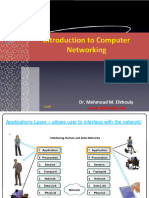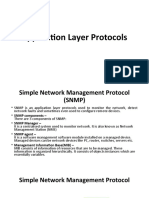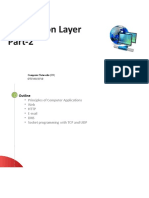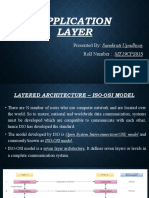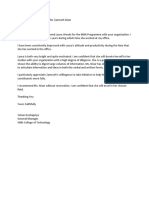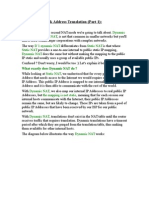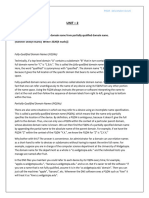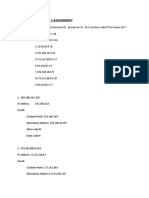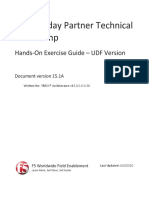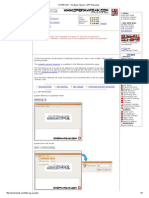0% found this document useful (0 votes)
66 views36 pages03 Output 3 - Socket and Client Server Programing Day 2
The document discusses FTP (File Transfer Protocol), including its purpose of transferring files between computers, how it addresses problems with heterogeneous systems, and its use of two connections - a control connection and a data connection. It also compares FTP to TFTP (Trivial File Transfer Protocol), noting TFTP's limitations but usefulness for bootstrapping diskless systems.
The document then discusses web servers, including what a web server is, how the client-server model works, and how the domain name system routes requests. It provides an example HTTP request and response. Finally, it discusses the Simple Mail Transfer Protocol (SMTP) and email format, including the major components of user agents, mail servers, and SMTP, as well as the
Uploaded by
Zee ZeeCopyright
© © All Rights Reserved
We take content rights seriously. If you suspect this is your content, claim it here.
Available Formats
Download as PPT, PDF, TXT or read online on Scribd
0% found this document useful (0 votes)
66 views36 pages03 Output 3 - Socket and Client Server Programing Day 2
The document discusses FTP (File Transfer Protocol), including its purpose of transferring files between computers, how it addresses problems with heterogeneous systems, and its use of two connections - a control connection and a data connection. It also compares FTP to TFTP (Trivial File Transfer Protocol), noting TFTP's limitations but usefulness for bootstrapping diskless systems.
The document then discusses web servers, including what a web server is, how the client-server model works, and how the domain name system routes requests. It provides an example HTTP request and response. Finally, it discusses the Simple Mail Transfer Protocol (SMTP) and email format, including the major components of user agents, mail servers, and SMTP, as well as the
Uploaded by
Zee ZeeCopyright
© © All Rights Reserved
We take content rights seriously. If you suspect this is your content, claim it here.
Available Formats
Download as PPT, PDF, TXT or read online on Scribd
/ 36








